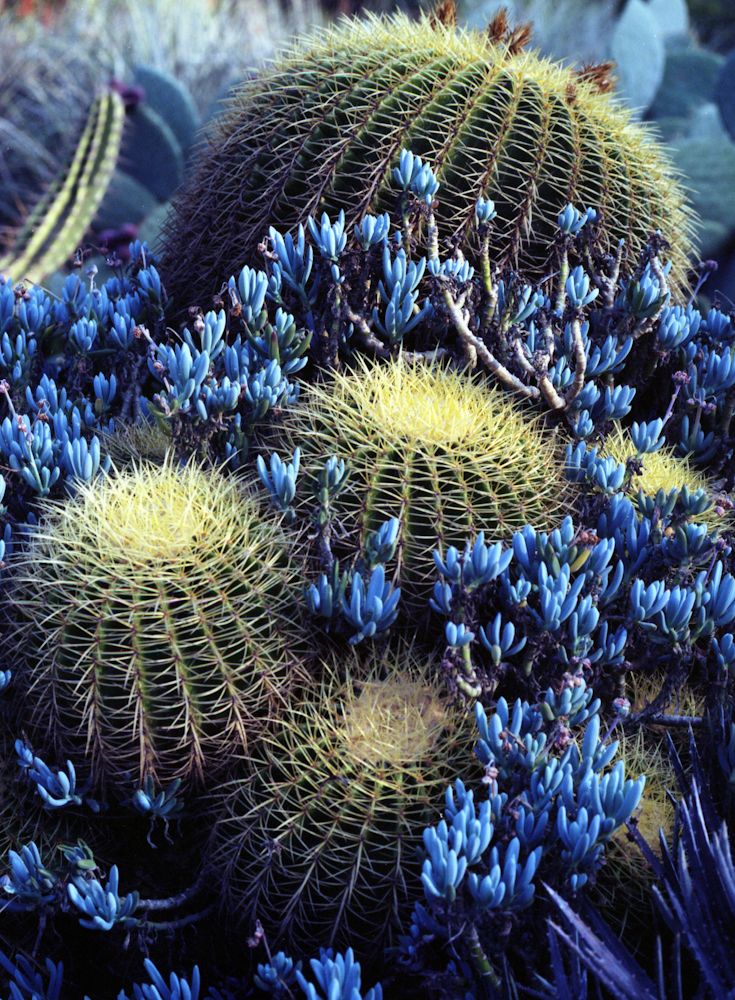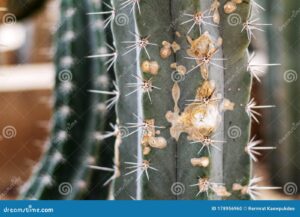Cacati are a marvel of nature, captivating enthusiasts with their diverse shapes, resilient adaptations, and especially their stunning floral displays. Among the vast genus of cacti, those that showcase blue flowers are particularly striking. This article delves into the enchanting realm of cacti adorned with blue blooms, highlighting various species, their habitats, and cultivation tips for cactus aficionados.
The color blue is a rarity in the plant kingdom, making blue-flowering cacti a breathtaking spectacle. From the enchanting hues of azure to deep sapphire tones, these blooms can elevate the aesthetic of any landscape or collection. Below, we explore types of cacti that exhibit these spectacular flowers, providing insight into their unique characteristics and habitats.
The allure of blue blooms is not confined to a single species. Various cacti showcase this remarkable trait, each with its individual charm and ecological significance.
Noteworthy Cacti with Blue Flowers
Several types of cacti are deservedly celebrated for their captivating blue flowers. These include:
Echinopsis subdenudata (Ball Cactus)
The Echinopsis subdenudata, affectionately known as the Ball Cactus, is renowned for its spherical shape and vibrant blue blooms that appear in the spring. The flowers can reach up to six inches in diameter and feature an intoxicating aroma. They generally emerge during warmer months, providing a stunning display against the cactus’s green body. This species thrives in well-drained soil and requires bright sunlight, making it a favorite among indoor gardeners.
Cephalocereus senilis (Old Man Cactus)
A fascinating flora, Cephalocereus senilis, is adorned with long white hairs resembling a flowing mane. When in bloom, this cactus unveils delicate, pale blue flowers that are ephemeral but breathtaking. Native to Mexico, it thrives in full sun and can grow to impressive heights, making it a striking addition to any garden landscape or succulent collection. Adequate drainage is essential to prevent root rot in this species.
Opuntia engelmannii (Engelmann’s Prickly Pear)
Engelmann’s Prickly Pear, known scientifically as Opuntia engelmannii, exhibits a splendid array of flowers, including enchanting shades of blue. The blooms are cup-shaped and can span several inches across, attracting pollinators such as bees and butterflies. This cactus thrives in arid environments, making it an ideal specimen for xeriscaping or desert gardens. Its pads are also edible, offering both ornamental and culinary benefits.
The Ecology of Blue-Blooming Cacti
The vibrant flowers of blue-blooming cacti play an integral role in their ecosystems. These blooms not only attract pollinators but also serve as a vital resource for birds and insects. The timing of their flowering is often synchronized with the availability of water and nutrients in arid climates, showcasing a remarkable adaptation to their environment.
As these cacti bloom, they contribute to local biodiversity. The masses of blue flowers can create breathtaking displays in their natural habitats, providing a striking contrast against the arid landscape. This contrast is not merely aesthetic; it indicates a flourishing ecosystem teeming with life, even in seemingly inhospitable regions.
Furthermore, the genetic diversity within cacti with blue flowers may harbor compelling adaptations that enhance their survival. Understanding these ecological relationships helps cultivate a deeper appreciation for the role these plants play within their environments, encouraging conservation and sustainable practices among enthusiasts and horticulturists alike.
Cultivating a Cactus Collection with Blue Blooms
For those yearning to incorporate blue-blooming cacti into their collections, certain cultivation techniques can enhance their growth and flowering potential.
Light Requirements
Most cacti flourish under full sun conditions, making it crucial to place them in a bright location. While some species can tolerate partial shade, direct sunlight will promote healthy growth and vibrant blooms. Consider using grow lights if indoor conditions lack adequate sunlight.
Soil and Watering
Proper drainage is essential. A well-draining potting mix, usually composed of a blend of cactus soil, sand, and perlite, can prevent root rot and promote healthy growth. Watering should be done sparingly; allowing the soil to dry between watering sessions mimics the cactus’s native arid environment, thereby encouraging blooming.
Fertilization Techniques
Nutrient enhancement should be undertaken with care. During the growing season, a balanced, water-soluble cactus fertilizer can be applied sparingly. However, it’s advisable to reduce feeding during the dormant winter months. This cycle allows cacti to flourish and produce flowers when conditions are optimal.
Conclusion: Cultivating a Passion for Cacti with Blue Flowers
The recognition of cacti with blue flowers offers endless inspiration to gardeners and enthusiasts alike. Their unique beauty and ecological significance underscore their value within their native habitats and cultivated gardens. By understanding their specific needs and the environmental factors that influence their blooming cycles, individuals can foster healthy collections that not only enrich their surroundings but also contribute to biodiversity. As interest in these remarkable plants grows, so too does the opportunity to delve deeper into the world of cacti, fostering a profound connection with these resilient marvels of the natural world.




Leave a Comment